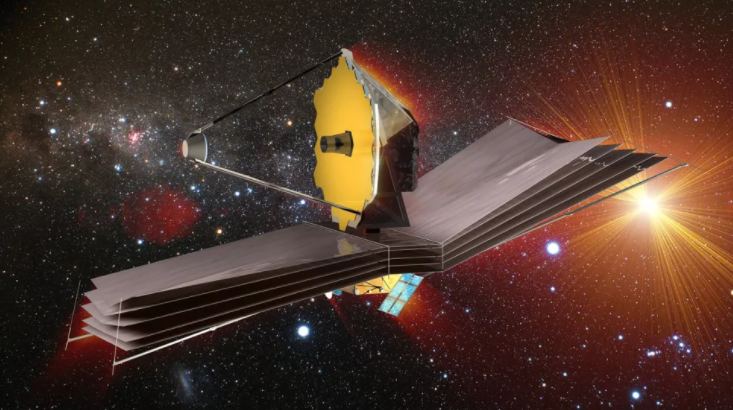
Continue reading

Continue reading

Continue reading

Continue reading

Continue reading

Continue reading

Using data obtained by the Juno mission, a team of researchers has revealed how interactions between Jupiter and its largest moon (Ganymede) lead both to experience auroras
Continue reading

Continue reading

Continue reading

A red giant star is dying in an unusual way by blowing smoke rings before its eminent demise.
Continue reading

Continue reading

Continue reading

An international team of astronomers have discovered HD1, which could be the most distant galaxy ever observed!
Continue reading

The CHIME array and its partner institutions are getting an upgrade to enhance their ability to trace Fast Radio Bursts (FRBs) back to their sources
Continue reading

An international team of scientists have created a new tool for identifying possible radio transmissions from an extraterrestrial civilization
Continue reading

Continue reading

Continue reading

With the first test of its MAREVL Engine complete, Maine's space launch startup bluShift Aerospace looks to expand operations.
Continue reading

The ESA is investigating lab-grown meat as a possible application of feeding astronauts on long-duration missions away from Earth.
Continue reading

Continue reading

Continue reading

Continue reading

Continue reading

Continue reading

Combining data from the APOGEE survey and the Gaia Observatory with sophisticated models, a team of scientists has found a new ring structure in the Milky Way!
Continue reading

With the recent termination of cooperation between the ESA and Roscosmos, the Rosalind Franklin rover will need another way to get to Mars
Continue reading

NASA will be conducting a Wet Dress Rehearsal with the SLS rocket this weekend in preparation for its maiden flight!
Continue reading

Continue reading

Continue reading

A new simulation suite created by an international team of scientists shows what the James Webb will be seeing soon!
Continue reading

Continue reading

Supermassive black holes play a central role to weaken star production in their galaxies.
Continue reading

Continue reading

Continue reading

The European Space Agency's Solar Orbiter snaps an amazing image, en route to its first close pass near the Sun.
Continue reading

Continue reading

An international team of researchers has composed an updated Arecibo Message, known as the Beacon in the Galaxy (BITG) Message.
Continue reading

Continue reading

Continue reading

According to Elon Musk's latest updates, the Starship could be ready to fly with the new Raptor engines by May
Continue reading

The JWST will only capture a small portion of the infrared sky. To see more, we need a satellite like SPHEREx.
Continue reading

Continue reading

Continue reading

A study of nearly 60 stars lets us understand why our Sun was once quiet for 70 years.
Continue reading

Continue reading

Continue reading

Strange galaxy-sized circles are emitting radio light, and we don't know why.
Continue reading

Continue reading

Seriously, what was up with those yellow uniforms? Not much, it seems! Things aboard the ISS are as they've always been, cooperative and continuous!
Continue reading

Continue reading


















































